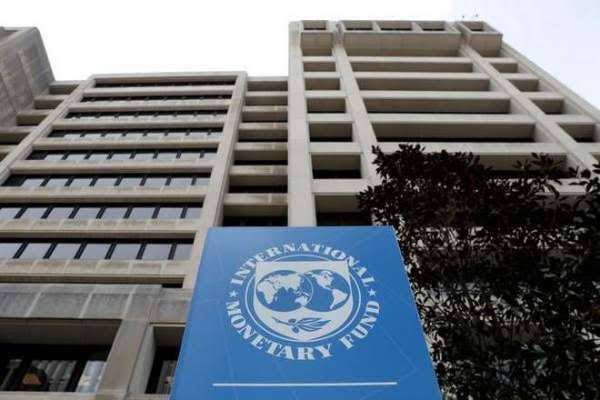As geopolitical alliances shape trade and investment flows, fragmentation has become a reality and is likely to persist, Gopinath observed. While a broader deglobalization has not occurred, signs of division are emerging, and bilateral trade relationships are undergoing notable changes.
This is evident in the growing trade rifts between groups. Although global trade growth has slowed everywhere following the Russia-Ukraine conflict, it has decelerated more among politically inconsistent groups. Specifically, intra-group trade growth has dropped from 2.2% before the conflict to 1.7%, while inter-group trade has fallen from 3% to around -1.9%. In net terms, this has resulted in intra-group trade growing 3.8 percentage points faster than inter-group trade.
Alarmingly, this pattern is not limited to strategic sector trade but is also present in non-strategic product trade.
There are also clear indications that global foreign direct investment (FDI) is being divided along geopolitical lines. Post-conflict, announced FDI projects between groups have declined more than those within groups, while FDI to non-aligned countries has significantly increased. In fact, nearly 40% of FDI projects announced in the third quarter of 2023 were located in these economies.
Meanwhile, direct ties between China and the U.S. are being severed. China is no longer America's largest trading partner, with its share in U.S. imports dropping nearly 10 percentage points in the past five years. China is also no longer a primary destination for U.S. FDI, trailing behind emerging markets like India, Mexico, and the UAE in the number of announced U.S. FDI projects.
However, there is suggestive evidence that direct ties between China and the U.S. are being replaced by indirect ones. Countries gaining the largest share in U.S. imports (such as Mexico and Vietnam) have also gained more share in China's exports. These countries are also major recipients of Chinese FDI.
Nevertheless, Gopinath advises that any policy interventions in the name of national security should be narrowly scoped. Policymakers must carefully assess whether there truly is a lack of suppliers from lower-risk areas and objectively evaluate the social and economic costs of supply disruptions before deciding to reshore production. This is particularly true for widely used technologies like semiconductors.
Gopinath notes that increasing evidence suggests supply chains between China and the U.S. are lengthening, with non-aligned countries acting as "connectors" and benefiting in the process.
For instance, large electronics manufacturers have accelerated moving production from China to Vietnam in light of U.S. tariffs on Chinese goods. However, most inputs for Vietnam come from China. Meanwhile, Mexico is expected to surpass China as the largest exporter of goods to the U.S. in 2023. Many manufacturers setting up factories in Mexico are Chinese companies targeting the U.S. market. According to the Mexican Private Industrial Parks Association, one-fifth of new businesses in the next two years will be Chinese.
IMF models also indicate that if trade disruptions occur only between the U.S.-EU and China-Russia, on average, other economies will gain some benefits. For instance, Latin American countries are well-positioned to benefit in such scenarios. Mexico's proximity to the U.S. can boost its manufacturing, while South American commodity exporters can gain more market share.
Gopinath asserts that if some economies remain non-aligned and continue engaging with all partners, they can benefit from shifts in trade and investment.
However, the rules-based global system was not designed to address trade conflicts based on national security. While some countries benefit in the early stages of fragmentation, all nations will suffer losses in a full-scale cold war. Gopinath thus calls on non-aligned countries to use their economic and diplomatic influence to promote global integration. At this turning point, policymakers need to keep communication channels open, adopt pragmatic approaches, preserve the benefits of free trade as much as possible, and ensure the capacity to address global challenges while minimizing distortions.
On the same day, the United Nations Conference on Trade and Development updated its global trade dynamics, stating that global trade is expected to contract by 5% year-on-year to about $30.7 trillion this year, due to high borrowing costs pressuring the economy, U.S.-China tensions reshaping supply chains, and more policies restricting cross-border trade.






